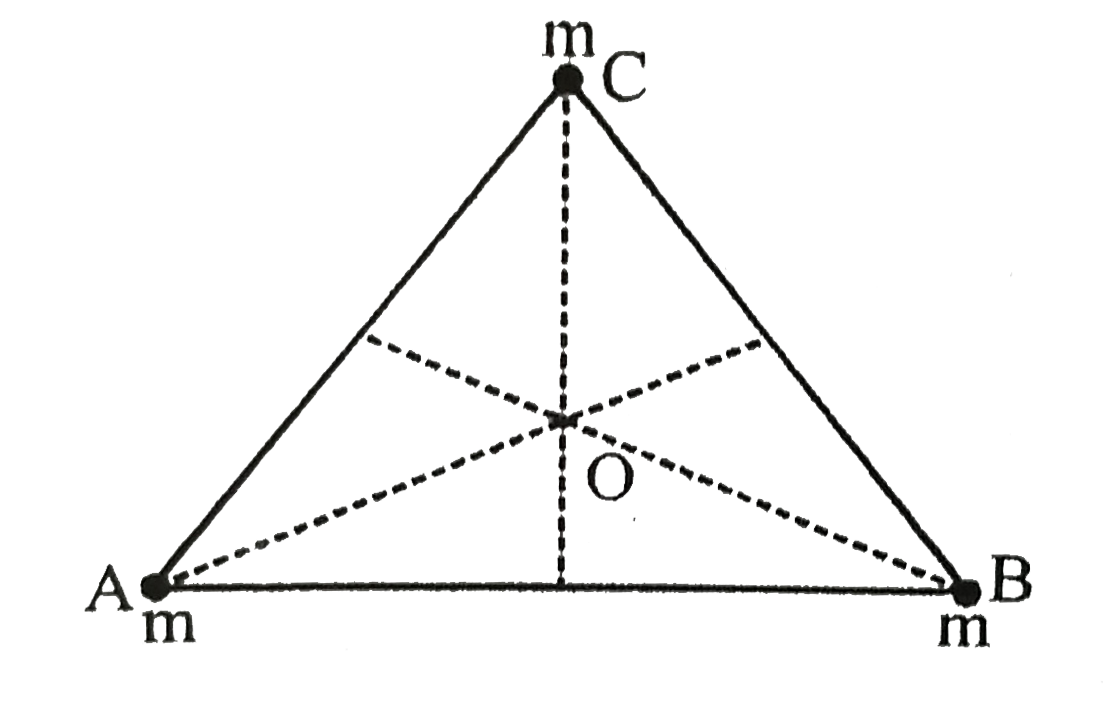A system consits of n identical particles each of mass m. The total number of interactions between particles possible are :
n(n+1)
12n(n+1)
n(n−1)
12n(n−1)
The correct Answer is:D
Step by step video, text & image solution for A system consits of n identical particles each of mass m. The total number of interactions between particles possible are : by Physics experts to help you in doubts & scoring excellent marks in Class 11 exams.
Updated on:21/07/2023Topper's Solved these Questions
- GRAVITATIONBOOK - PHYSICS GALAXY - ASHISH ARORACHAPTER - GRAVITATIONEXERCISE - Numerial MCQs
59 Videos
- GRAVITATIONBOOK - PHYSICS GALAXY - ASHISH ARORACHAPTER - GRAVITATIONEXERCISE - Advance MCQs
17 Videos
- GRAVITATIONBOOK - PHYSICS GALAXY - ASHISH ARORACHAPTER - GRAVITATIONEXERCISE - Discussion Qns
31 Videos
- FLUID MECHANICSBOOK - PHYSICS GALAXY - ASHISH ARORACHAPTER - FLUID MECHANICSEXERCISE - Unsolved Numerical Problems
86 Videos
- KINEMATICSBOOK - PHYSICS GALAXY - ASHISH ARORACHAPTER - KINEMATICSEXERCISE - Unsolved Numerical Pro.
83 Videos
Similar Questions
A system consists of n identical particles each of mass m. The total number of interaction potential energy terms possible are n(n−1)x. Find value of x.
View SolutionThree identical particles, each of mass m, are located in space at the vertices of an equilateral triangle of side length a. They are revolving in a circular orbital under mutual ravitational attraction. Find the speed of each particle. Find the acceleration of the centre of mass of a system comprising of any two particles. Assume that one of the particles suddenly loses its ability to exert gravitational force. Find the velocity of the centre of mass of the system of other two particles after this.
View Solution
Knowledge Check
A particle is projected from the mid-point of the line joining two fixed particles each of mass m. If the separation between the fixed particles is l, the minimum velocity of projection of the particle so as to escape is equal to
A√GMlB√GM2lC√2GMlD2√2GMlConsider a system of two identical particles. One of the particle is at rest and other has an acceleration →a. The centre of mass has an acceleration
A2aBa/2CaD2a2The gravitational potential energy of an isolated system of three particles, each of mass m, at the three corners of an equilateral triangle of side l is
A−Gm2lB−Gm22lC−2Gm2lD−3Gm2l
A light smooth inextensible string connected with two identical particles each or mass m, passes through a light ring R. If a force F pulls ring, the relative acceleration between the particles has magnitude : P
View SolutionThree identical particles each of mass m are placed at the vertices of an equilateral triangle of side a. Fing the force exerted by this system on a particle P of mass m placed at the

(a) the mid point of a side
(b) centre of the triangle
View SolutionA system consists of 3 particles each of mass 'm' are located at (1, 1) (2, 2) and (3, 3). The co-ordinates of the centre of mass are
View SolutionA system consists of 3 particles each of mass m located at points (1, 1), (2, 2) and (3, 3). The coordinates of the centre of mass are
View SolutionFigure shows 4 identical masses of mass m, arranged on a cube as shown.
The force on any particle is
View Solution
